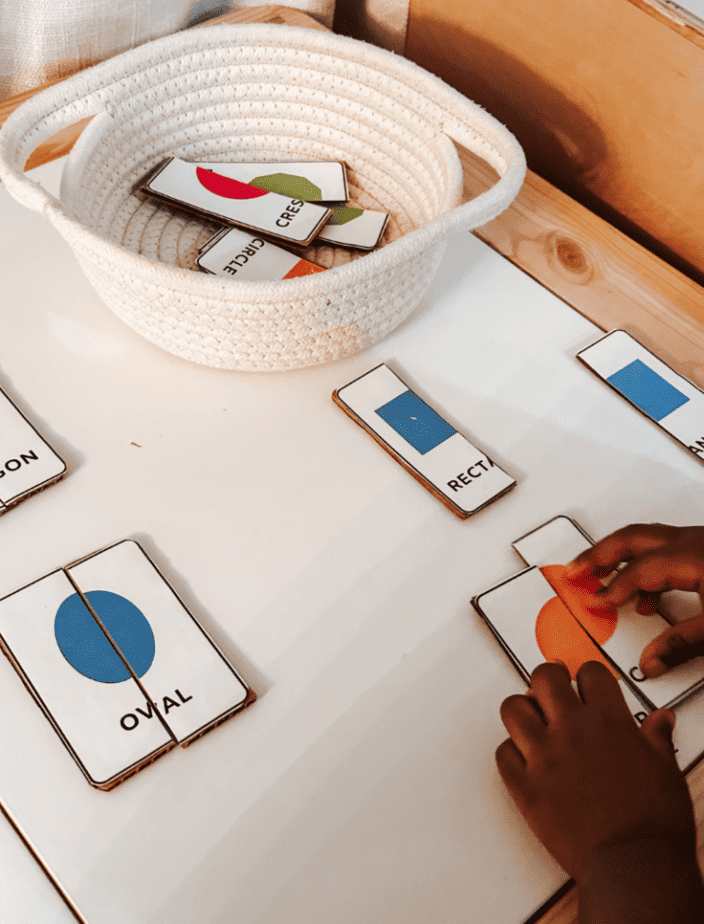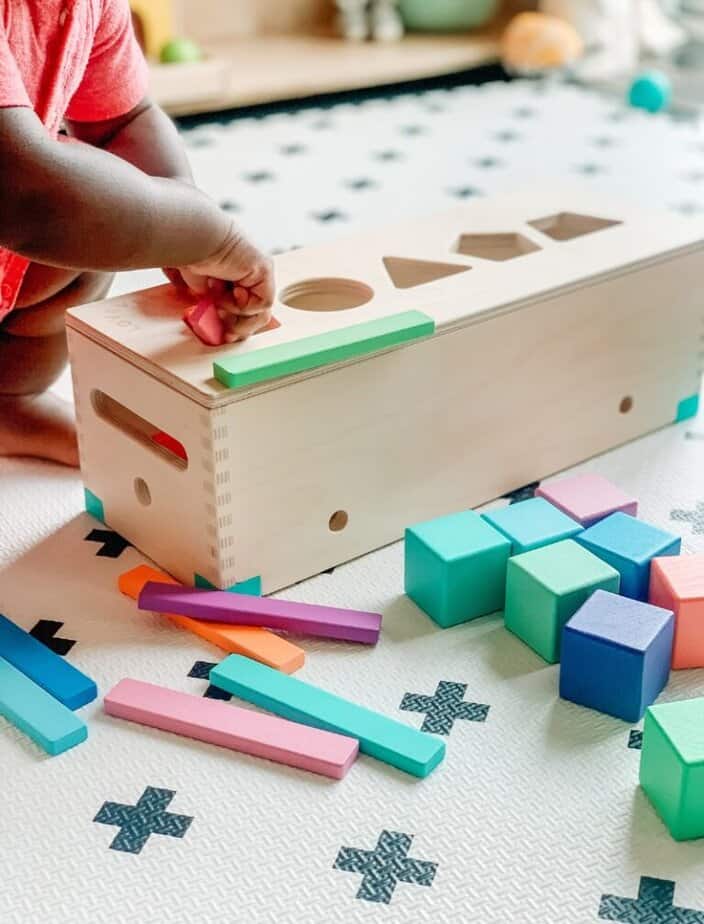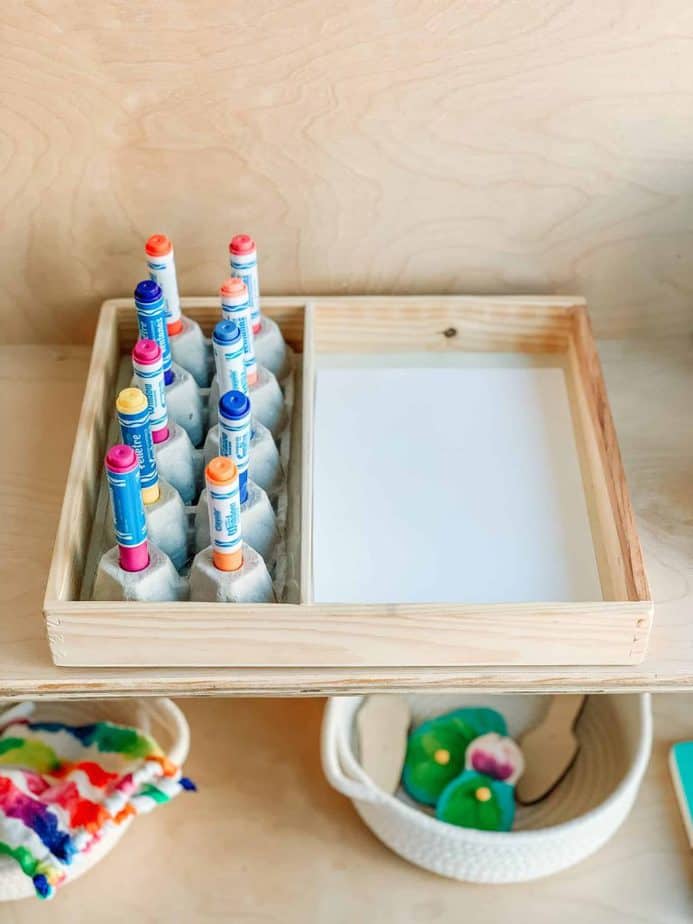How I Organize My Homeschool Week | Free Homeschool Weekly Schedule

As a former preschool teacher, and now homeschooling mama, I knew the importance of creating a homeschool weekly schedule. In this post, I’ll cover how I organize my week and day, and include a FREE homeschool weekly template for you to download!
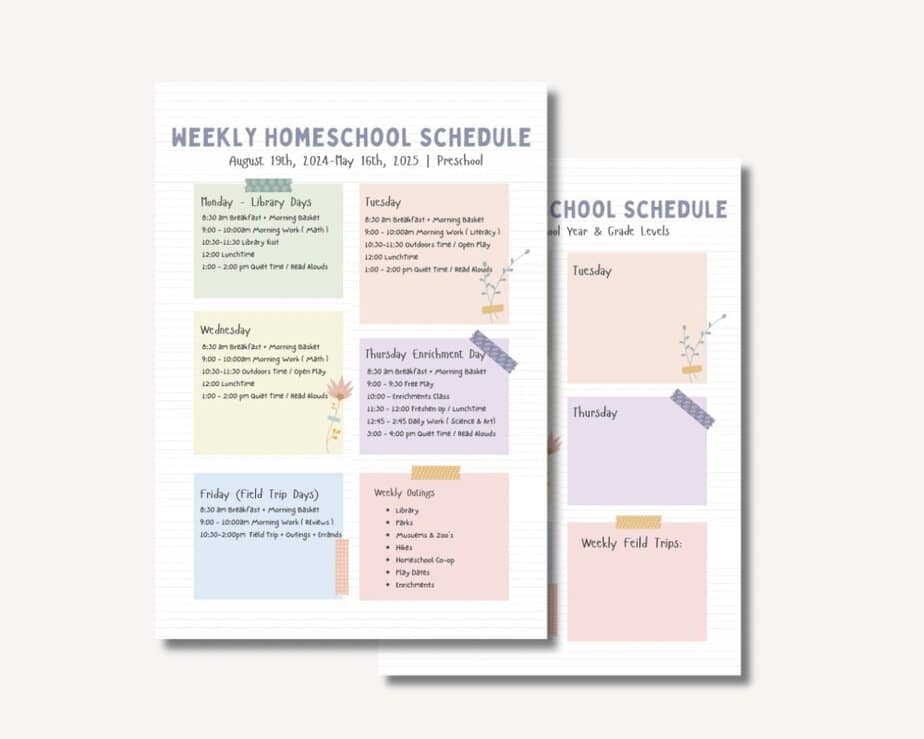
Affiliate Disclaimer: This post may contain affiliate links, which means I receive a small commission if you purchase through my links at no additional cost
Other Homeschool Posts You May Like:
- How to Homeschool a 2-year-old
- A Realistic Stay-at-home Mom Schedule
FREE Homeschool Weekly Schedule Template
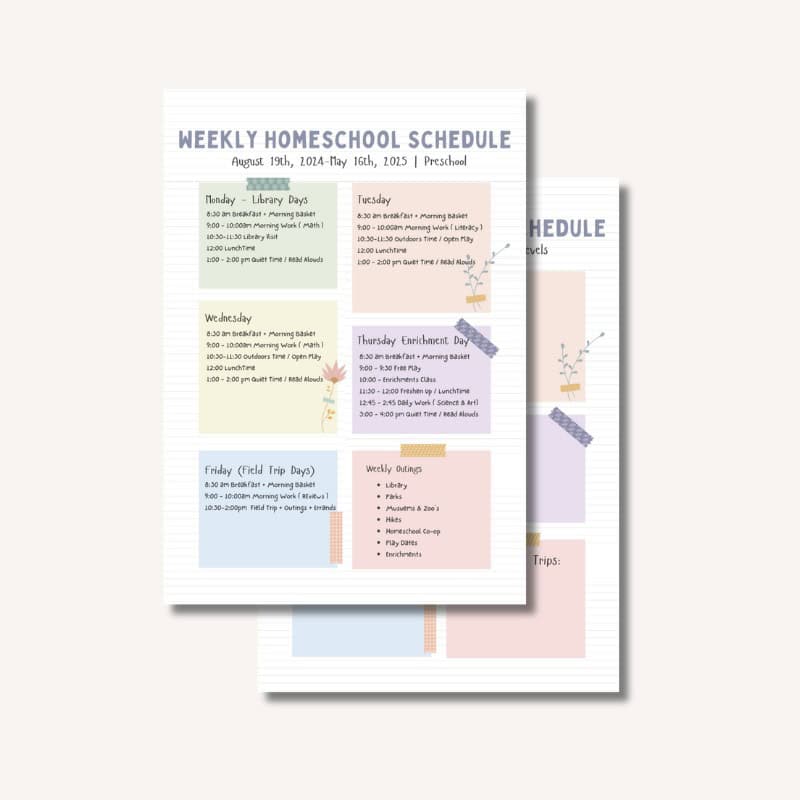
Homeschool Weekly Schedule Template
How Do I Create A Daily Schedule For Homeschooling?
Establishing a daily homeschooling schedule will help you create structure and consistency for you and your child. Here are a few things you can do to help establish a daily routine that you will stick to.
- 1. Identify Your child’s natural rhythm, When do you find them to be most alert and eager to learn? This can be the time you schedule learning. Identify which subjects you want to work on daily, and which ones you would like to spread out during the week.
- 2. Create time blocks, Breaking the day into time blocks for learning, chores, going outdoors, or even enrichment activities is a great way to stay on top of the day, and know what’s ahead.
- 3. Remain flexible, Having an idea of what your day should look like is key, but it’s just as important to remain flexible. Be open to adjusting the schedule based on your child’s needs, and interests.
Remember, homeschooling allows you to tailor your day and your child’s learning experience according to your family’s unique situation, don’t be afraid to experiment with your routine until you find one that best suits your family.
What Is The Best Homeschooling Routine?
Truly, the best homeschooling routine fits your family lifestyle, and most importantly your child’s learning needs, and educational goals.
A great homeschooling routine should include the following ideally:
- Academic Work
- Breaks
- Breakfast, Lunch, Snacks, and Dinner
- Time Outdoors | physical activities
- enrichment activities | Socialization
- Some homeschooling families ( like mine) find success with a morning routine focused on learning, and academic work, followed by mid-morning breaks, and afternoon activities like getting outdoors, or even attending enrichments.
Remember that flexibility is important- allow room for your routine to evolve as you discover what works best for your child. The overall goal is to create consistency while being adaptable when needed.
How Do I Make A Weekly Schedule?
Creating a weekly homeschool schedule will benefit you and your homeschooler in the long run! It establishes consistency, structure, and balance in your child’s learning experience. Here’s a step-by-step guide on how I developed my weekly homeschooling schedule.
1. Determine Subjects and Academic goals
List the core subjects you plan on having your child take (e.g., reading, math, arts, science, enrichments).
Set weekly goals for your child and each subject that they are taking.
2. Determine Your Weekly Priorities
Prioritize subjects that need daily attention first, and figure out the subjects that can be done less frequently throughout the week.
Decide on how many days a week you plan on homeschooling. I do a total of 4 days for my child, and I leave 1 day for enrichment activities like gymnastics, swimming, etc…
3. Create Time Blocks
Try breaking your day into time blocks, factor in how long each subject requires, and start from there.
Be sure to include time for breaks, meals, outdoor play, and even free play!
Determine when your child is most focused, on challenging the more challenging subject around that time frame ( morning vs Afternoon)
4. Mix and Match
I like to mix things up a bit when homeschooling my kids, I will do focused learning in the morning, and schedule fun, creative learning right after. This helps to keep kids engaged and interested.
For example, after math lessons, you could do arts and crafts.
5. Create Visual Schedules
Having a weekly schedule that is visible to me, and the entire family has been accommodating in our homeschooling journey!
Everyone knows what’s expected on certain days, and what we will follow next.
6. Remain Flexible and Adjust
The last tip, but most important to me! It’s so easy to get caught up in what other people are doing and try to mirror what we see on social media when it comes to homeschooling. It’s important to do what’s best for you and your family, always make adjustments, and be flexible when developing your weekly homeschool schedule.
My Recommended Yearly Homeschool Planner

Homeschool Lesson Planning Planner
My Favorite Yearly and Weekly Planner I Use, And Love!
This is an undated yearly and weekly planner crucial to my weekly homeschool planning.
